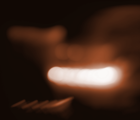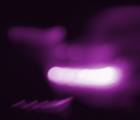Articles
The articles system connects profiles in our system to articles written about them, and vice versa. It provides a cultural record of what people are saying about artists, organizations and places in our community, and helps give credit to the articles' creators
Articles - Podcasts
Relevance:
All |
Show Preview (5) |
Performing soon (7) |
Local Author / Publisher (101) |
Local Business / Place (107) |
Local Artists (182) |
Past Performers (345)
Category:
Any |
Interview (52) |
Biography / History (50) |
Show Preview (44) |
Review (11) |
Show Review (7) |
Album Review (5) |
News (5) |
How-to Article (4)
Featured Events
Featured Historical Events
Featured Article
Newest Profiles

Songhees Park Plaza (by Johnson St. Bridge)
Outdoor plaza on the vic west side of Johnson st. Bridge
Open / Operational

Austen Sorochak
I completed a hands-on Recording Arts diploma at TARA in Tor...
Victoria BC
Open / Operational

James Bay New Horizons Society
James Bay New Horizons is a not-for-profit society that was ...
Open / Operational





